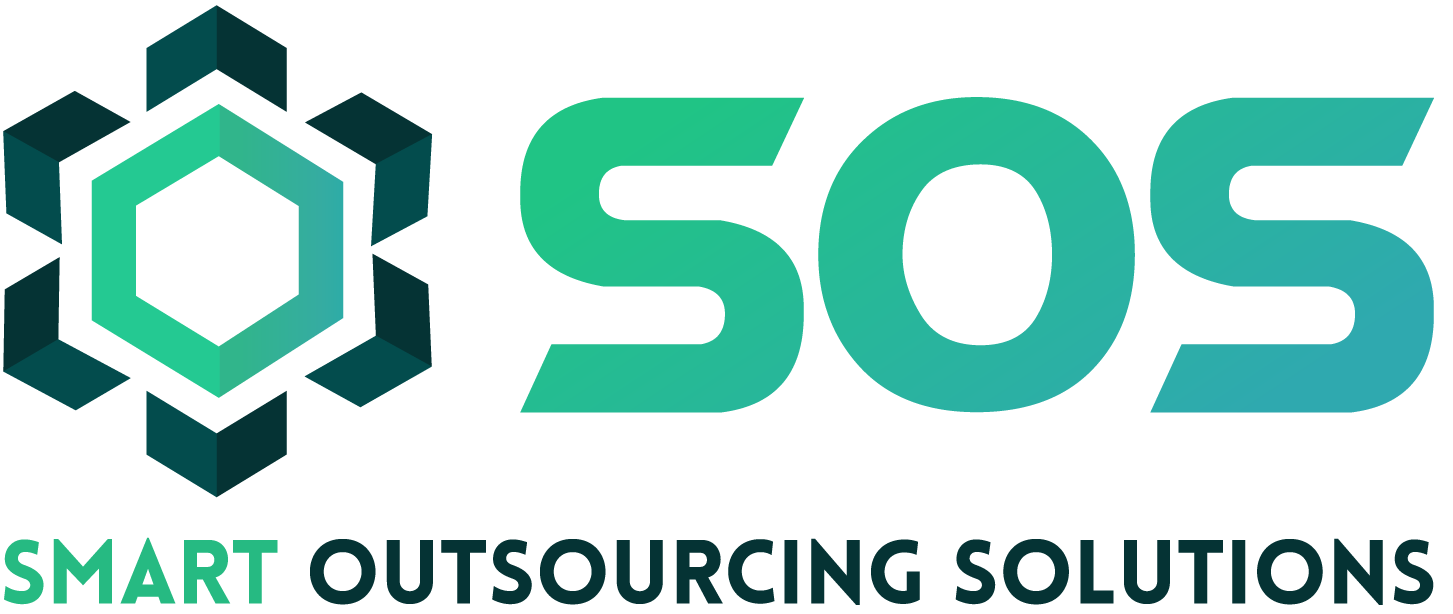Web site development: from the technical specification to the first launch.
"The modern world of business dictates its own terms:" If you have a business then you should be available on the Internet for your customers”.”
A couple of years ago this was considered a controversial statement. Representatives of the old business school, who used to say: "Sites, this is for those who sell goods on the Internet. I have construction equipment, it's all to nothing! ", as practice showed - they were wrong! On the Internet, not only household goods and electronics are selling well, but also sites selling equipment, residential and commercial objects, construction equipment, even sites of firms providing construction services are well selling.
Having dealt with this, entrepreneurs wonder another question:
“How the development of websites works?”. This is our today's article.
Development of sites on a turnkey basis, is divided into several stages (at least in our IT-company SOS Group):
1. Completion of the project brief;
2. Development of the technical assignment (TA) for site development;
3. Calculation of the cost and timing of the project;
4. Conclusion of the contract and other legal aspects;
5. Web site design;
6. Development of the front-end part;
7. Development of the back-end part;
8. Final startup and testing.
Each of these stages requires attention of the Customer, the work continues only after the coordination of the previous stages. Let's take a closer look at each point.
1. Filling the brief of the project. The initial stage of development of any site on a turnkey basis. You will need to fill out a small questionnaire that will give you a basic understanding of the project and plans for it. The more detailed this file is filled, the more accurate the amount and timing will be calculated. The file usually consists of general (Information about the company, about the product or services) and technical questions ("Do you need a domain name purchase?", "How many goods will be placed in the first stage?" and etc.).
To answer them, you should know your company well and understand a little about the future product that you are about to order.
Technical task. This is the next stage in the development of your project. For it you need a ready brief of the project and additional information about your company.
This stage can be developed in three ways:
1. The customer with experience in this area can develop the TA ( Technical Assignment) on his own;
2. To charge the preparation of the TA to the Executor (that is to us);
3. To entrust this task to a third-party company that specializes in drafting TA (if the project budget is less than 300,000 RUB, then this is an extra waste of money).
2.Technical Assignment - one of the most important document during development. It will show all the future functionality, the number of sections and style of the website design. Therefore, you need to carefully approach the study of this document! You must submit a future picture and your resource based on the data specified in this document.
3. Cost and time. To this arithmetical task, you will pass only with the completed Technical Assignment on your hands (otherwise, you definitely will not get either in terms or in the budget). Knowing the front of the work, the developer's studio will be able to calculate the duration and cost of works.
4. Legal aspects. We will not focus our attention to this statement , because for every business owner this process is "painfully familiar". You just conclude a standard contract with applications from TA, specify terms and obligations, and on the basis of this, you make payment.
5.Development of design. From this part begins the most interesting. Based on the approved Technical Assignment, the designer prepares for you the layout of the future site. Layout is the primary design of a single page of the site that vividly illustrates the arrangement of structures, future functions and colors (in our understanding, at least). At this stage you are shown a picture that can not be "clicked", but you will already have an idea of the final product. In the state of the layout, the project can be changed to whatever you want (the number of attempts is not unlimited). You will be offered different variations in colors, you can change the position of any modules and plugins. In the end, you approve the layout. Based on this, the design of the main and internal pages of your website is prepared.
6.Programming. Programming is divided into two stages:
1.Front-end development (layout);
2.Back-end development (programming).
The layout phase involves creating a site skeleton and visualizing the designer's ideas on the server. Simply, your site will already be on the Internet and you will be able to look at it. There will be clickable buttons, the forms will pop up, the pages are linked together. Only program functions (editing via admin panel, sending mail, capturing data from forms, etc.) will be inaccessible.
At the back-end stage, a CMS will be created (if it's a self-signed site), and the site will be linked to the administrator part. The website will be fully operational and ready for testing.
7.Testing and final works. After the website is ready, it is transferred to the "Quality Control" department. Where the project is checked for errors, for compliance with modern code standards, for compliance with the design (pixel perfect projects) and for errors in texts. Only after a full check and the required modifications (if required), the project will be sent to you for verification.
After approval of your part and the final payment, all the access codes to the website will be transmitted, and also you or your employee will be taught the basics of editing the website for free.
In short, this is how cooperation takes place in our "Smart Outsourcing Solutions" company. Of course, we simplified everything and did not include much (hundreds of negotiations, mails and sleepless nights).
If you want an international website that professionals have done, then you know who to contact.


Comments